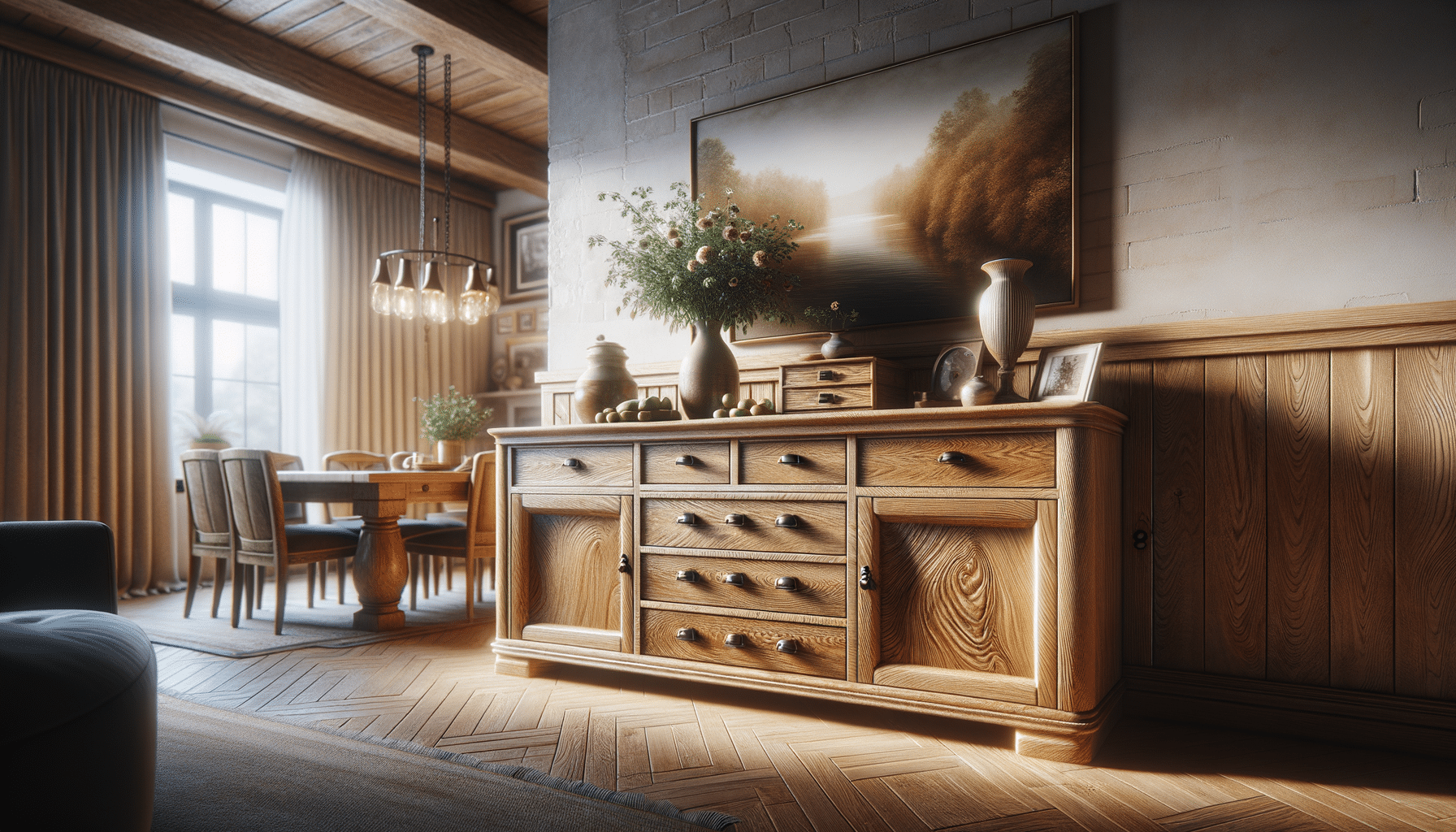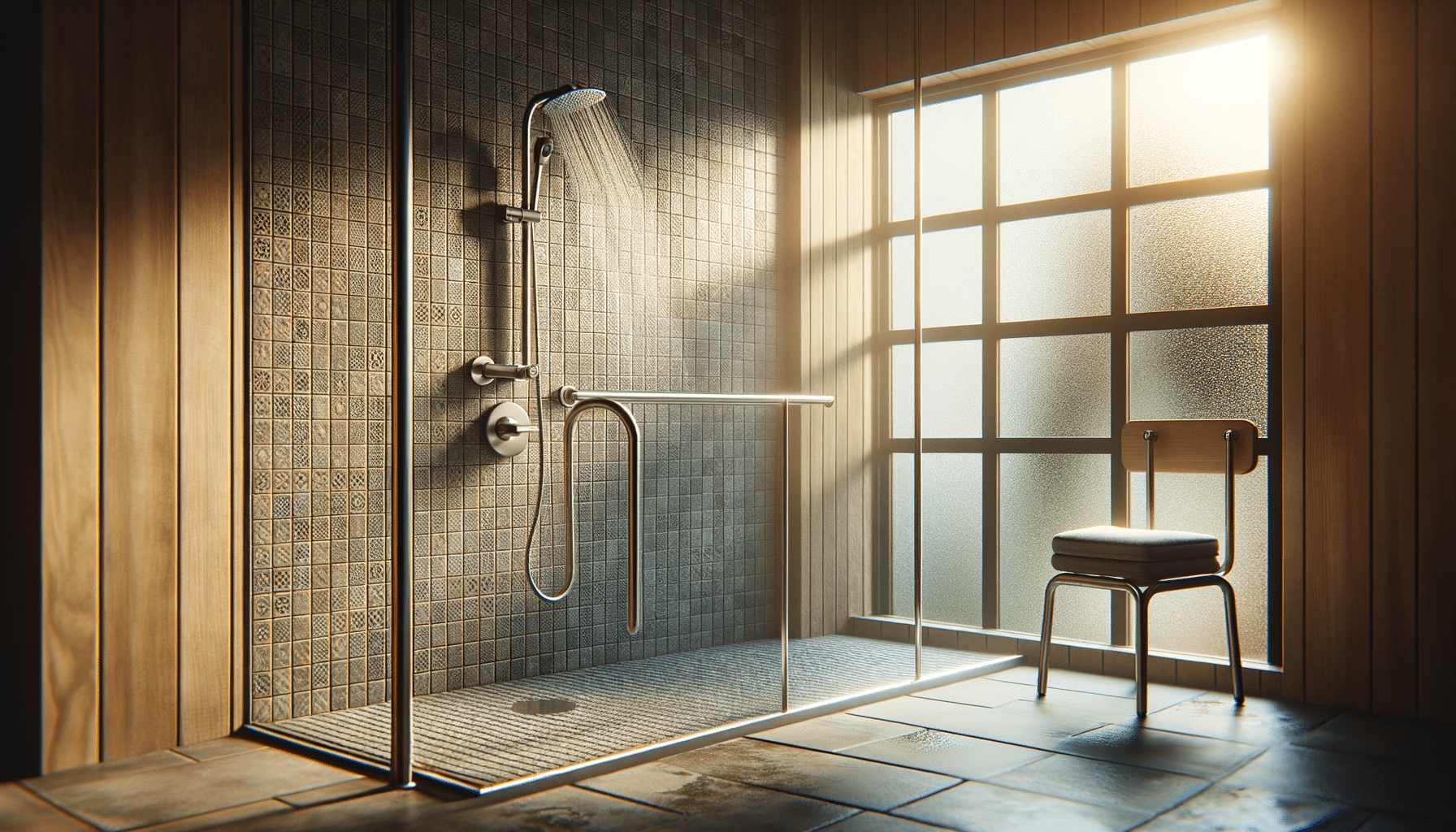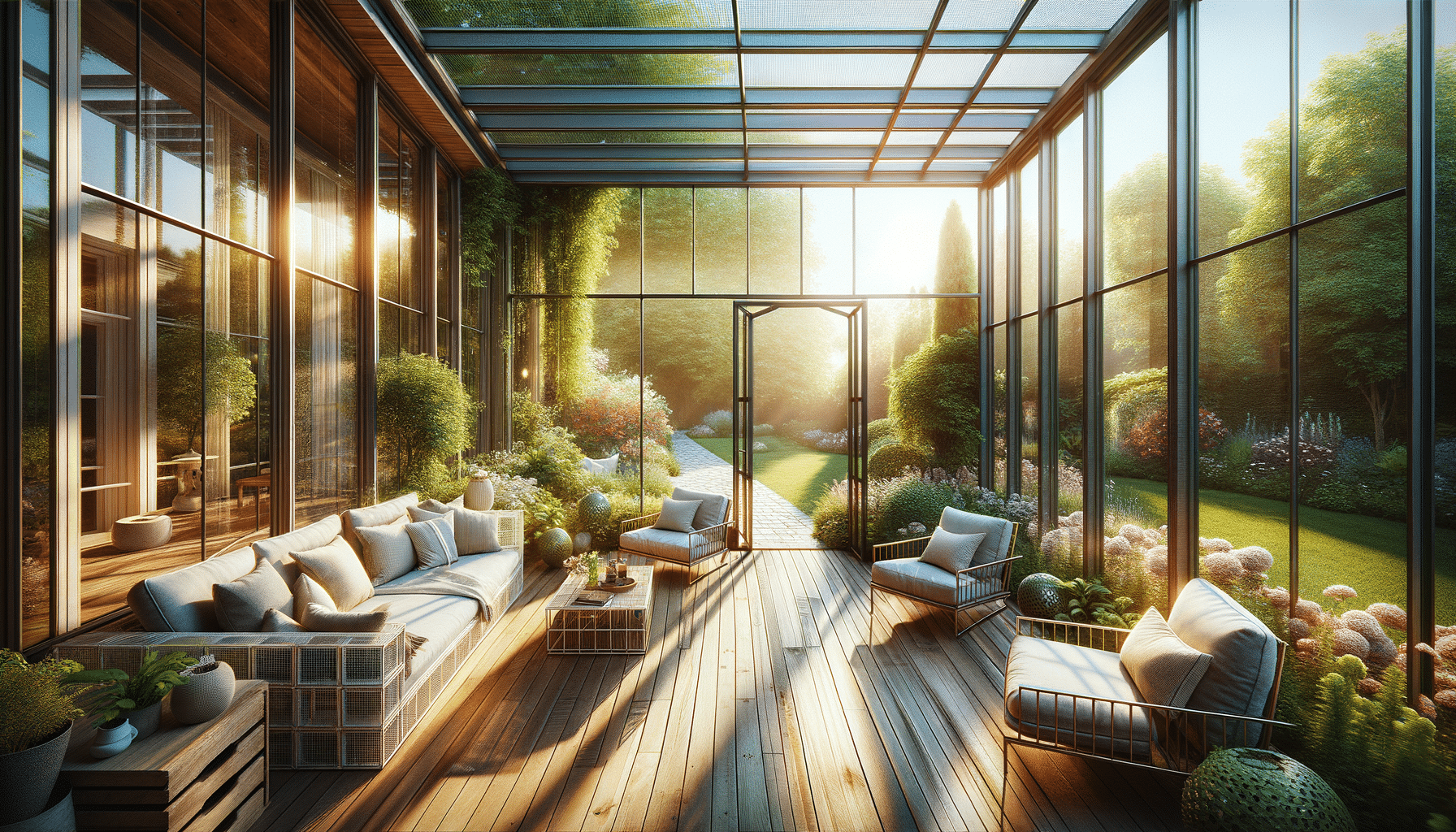
Why sideboards are becoming the secret style statement in homes and restaurants
The Rise of Restaurant Sideboards
Sideboards have become a staple in modern restaurant decor, known for their functionality and style. Originally designed as furniture pieces for dining rooms to store dishes and silverware, sideboards have found a new home in the hospitality industry. Restaurants are increasingly adopting sideboards to enhance their service efficiency and aesthetic appeal. These pieces are not just functional storage units; they also serve as a canvas for creativity, adding character to any dining space.
One of the primary reasons restaurant sideboards are gaining popularity is their versatility. They can be used to store cutlery, napkins, and other dining essentials, making it easier for staff to access these items quickly. This improves service speed and customer satisfaction, as diners appreciate prompt service. Additionally, sideboards can display decorative elements such as plants, artwork, or themed items that align with the restaurant’s brand.
The design of restaurant sideboards can vary widely, allowing them to fit seamlessly into different decor styles. From rustic wooden designs that complement a farmhouse theme to sleek, minimalist units that suit a contemporary setting, sideboards can be tailored to match the ambiance of any restaurant. This adaptability makes them a valuable addition to any dining establishment looking to make a stylish yet functional statement.
The Timeless Appeal of Solid Wood Sideboards
Solid wood sideboards are cherished for their durability and classic beauty. Unlike their veneered or composite counterparts, solid wood sideboards are made entirely from natural wood, which gives them a unique aesthetic and a robust structure. They are an investment in quality, as they tend to last for generations with proper care.
One of the significant advantages of solid wood sideboards is their ability to age gracefully. Over time, the wood develops a rich patina, enhancing its natural beauty and adding character to the piece. This makes solid wood sideboards not only functional but also a statement piece that can elevate the decor of any room. They can be crafted from various types of wood, each offering distinct grains and colors, such as oak, walnut, or cherry, allowing homeowners to choose one that complements their interior design.
Moreover, solid wood sideboards offer excellent durability. They can withstand the rigors of daily use, making them ideal for busy households or commercial settings. Their sturdy construction ensures they remain a reliable piece of furniture for storing items, whether it be dining ware, linens, or other household necessities. This longevity makes them a sustainable choice for those looking to reduce their environmental footprint by investing in high-quality, long-lasting furniture.
Space-Saving Benefits of Sideboards
In an era where space is often at a premium, sideboards offer a practical solution for maximizing storage without compromising on style. These versatile pieces of furniture are designed to provide ample storage space while occupying minimal floor area, making them ideal for small apartments or homes with limited space.
Sideboards are particularly useful in dining rooms, where they can store dinnerware, table linens, and other dining essentials, freeing up cabinet space in the kitchen. This makes it easier to keep the dining area organized and clutter-free, creating a more inviting environment for family meals or entertaining guests. Additionally, sideboards can be used in other parts of the home, such as living rooms or hallways, to store books, decorative items, or electronic equipment.
The design of sideboards often includes a combination of drawers and cabinets, providing flexible storage options for various items. Some models also feature open shelving, which can be used to display decorative pieces or keep frequently used items within easy reach. This adaptability allows sideboards to serve multiple functions, making them a valuable addition to any home looking to optimize space efficiently.
Choosing the Right Sideboard for Your Space
When selecting a sideboard, it’s important to consider both the functional and aesthetic aspects to ensure it meets your needs and complements your interior design. Start by assessing the available space and determining the size of the sideboard that will fit comfortably without overwhelming the room. Measure the area carefully and consider the placement of doors and drawers to ensure they can be opened fully.
Next, think about the primary function of the sideboard. If you need it primarily for storage, look for models with ample cabinet space and drawers. If you plan to use it as a display piece, consider sideboards with open shelving or glass-fronted cabinets that allow you to showcase decorative items. Additionally, pay attention to the materials and finishes, as these will influence the overall look and feel of the piece.
Finally, consider the style of the sideboard and how it fits with your existing decor. Whether you prefer a traditional, rustic, or modern design, there are sideboards available in a wide range of styles and finishes. Choose a piece that complements your home’s color scheme and design elements, ensuring it becomes a harmonious part of your living space rather than a standalone piece.
Maintaining Your Sideboard for Longevity
Proper maintenance is key to ensuring your sideboard remains in excellent condition for years to come. Regular cleaning and care will help preserve its appearance and functionality. For solid wood sideboards, it’s important to dust them regularly with a soft cloth to prevent the buildup of dirt and grime. Avoid using harsh chemicals or abrasive cleaners that can damage the wood’s finish.
If your sideboard has a polished or varnished surface, consider applying a quality furniture polish periodically to maintain its shine and protect the wood. For oiled wood surfaces, re-oiling may be necessary every few months to keep the wood nourished and prevent it from drying out.
In addition to cleaning, protect your sideboard from direct sunlight and excessive heat, as these can cause the wood to fade or warp over time. Use coasters or placemats to prevent scratches and stains from hot or wet items. By taking these simple steps, you can ensure your sideboard remains a beautiful and functional part of your home for many years.


